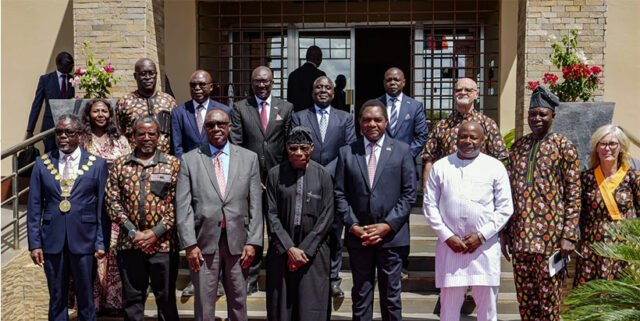In the face of climate change, agricultural diversity is recognized as a strategic ally in the struggle for greater resilience and adaptability. Cultivation of diverse crops and varieties, mixed crop-animal production, and mosaics of land uses have long been part of the farmers’ game plan to reduce vulnerability to drought, flooding, pests, disease and the like.
Boosting diversity is not at all as easy as it may sound as there is no universal method. For the best chance of success, a plan of action must consider the local environment, available agrobiodiversity, social and economic factors, and the specific needs and priorities of farmers and their communities.
Thus, to help in this process, Bioversity International and the Platform for Agrobiodiversity (PAR) have developed a participatory assessment method to guide identification of site-specific opportunities to enhance agrobiodiversity. A recently published guidebook presents a detailed description of the method and gives an overview of why it is important.
The way the assessment works is through a collaborative workshop, where farmers discuss and identify locally tailored action plans, either independently or with supporting NGOs, extension agents or development actors. Its simple design allows for inclusive participation. Participants undertake a careful four-step process that includes an analysis of local farm portfolios to identify resilience gaps, and then ways to fill them using agrobiodiversity. What is unique about this assessment is that it promotes diversification on all levels: genetic, species, field, farm and landscape. It reveals the crop species and varieties, livestock species and breeds, agroecological practices and land uses that can strengthen harvest security and moderate the impact of climate extremes.




